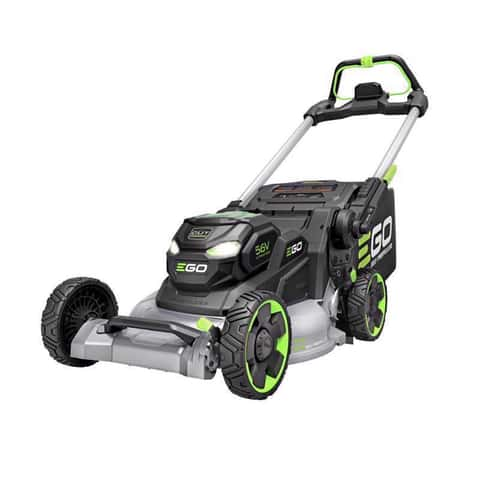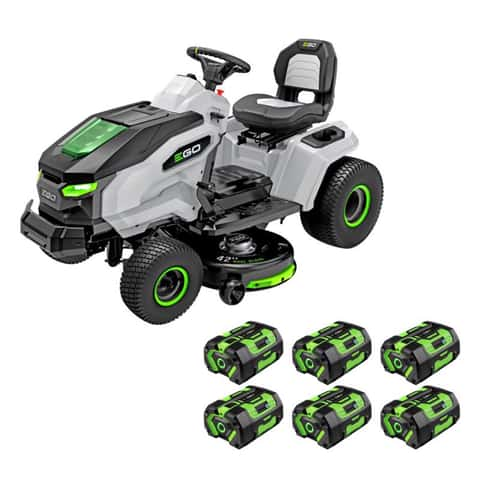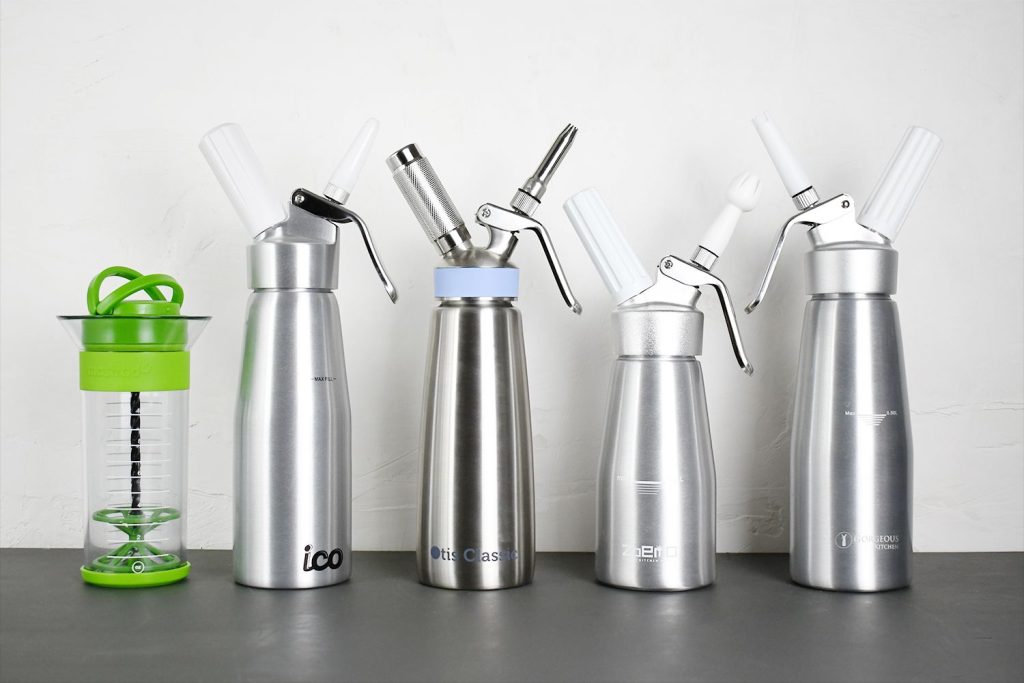The first step to an effective fish tank is choosing the right size. Larger tanks are more stable and makes for a better filtration system and easier diluting of metabolic waste (as long as proper care and husbandry techniques are utilized).
The dimensions of the tank will determine how much space is available for hiding spots, plants, and decorations. It is important to research the specific fish species you’re interested in, and discover their water requirements.
Size Guide
The right size for your aquarium is essential to ensure that your pets thrive and live long lives. It is also one of the most crucial factors to making a stunning display that adds peace and elegance to any space. This complete guide is designed ideal for novices as well as experienced aquarists. It will help you to comprehend the unique requirements of your species of fish and also calculate tank gallons.
The aquarium that you select will ultimately be determined by the size of adult fish you plan to keep. Also, you will be required to consider the energy level of your fish. Some fish are more active than others and might require more space and explore the surroundings. Additionally, you should consider the life span of the species you are considering; some may live for only a few years, while others may live for decades.
It is generally advised to purchase the biggest tank that you can to house thi cong be ca thuy sinh fish, since smaller tanks are harder to aquascape and less stable in regards to parameters of the water. It is essential to note that the bigger your aquarium is, the more difficult it will become to transport and maintain. Make sure to test the empty and full weight of your aquarium prior to making any final decisions about its dimensions or location.

The ideal size of aquarium for fish
It is important to be aware that fish require a substantial quantity of surface water to breathe. If there is no water in the tank, they will suffocate. Therefore, it’s important to choose a fish tank with a large footprint when feasible as it provides the best surface area to exchange oxygen.
Another aspect to take into account is the degree of activity of your selected fish. Certain fish are extremely active swimmers, whereas others prefer to hide. Different fish species also have different lives spans. Some may only live for a couple of months, while others can live for decades.
It is recommended to start with a tank of between the 11 and 20 gallon range. It’s big enough for a few smaller fish, but not too large to take up too much room in your home.
The staff at pet stores will assist you to find the right options for your aquarium. They can assist you in choosing the ideal tank to fit your budget and a fish which thrives in the aquarium. They can also offer tips about how to properly care for your fish and assist you in selecting the appropriate decor for the tank.
Small vs. large aquariums
Many people choose fish as pets since they’re easy to handle tranquil to look at and are available in a stunning array of colors. To ensure that your fish flourishes it is essential to select an appropriate size of aquarium.
Small aquariums aren’t ideal for all species. They’re insufficient to provide enough space to swim in and may not provide enough surface area to allow gas exchange, leading to low water quality. Smaller aquariums could also become overcrowded. This can cause stress, and may even lead to illness or death.
The best option is an aquarium between 11 and 20 gallons. This size tank is large enough to hold some small fish like Corydoras and goldfish as well as clownfish but still affordable for the majority of new hobbyists. The size can also accommodate a handful of tetras, such as neons or cardinals. However, tetras should be kept to a minimum number in order to avoid aggression and aggressive fighting.
The ceiling is not the only limit when it comes to large aquariums (provided you use common sense husbandry techniques). They make a stunning decoration for any room and can house more inverts and fish without causing overcrowding. In addition, bigger aquariums can provide more variety in design and provide the space to set up live plants. Aquariums that are larger also contain less chemistry and biological fluctuations since there are fewer aquariums with fewer fish per gallon. This decreases stress and enhances health conditions, and it is easier to correct mistakes in larger aquariums due to the dilution effect.
Aquarium maintenance
The size of a fish tank directly impact the scope of the maintenance activities for aquariums. The size of an aquarium is vital for the swimming space and for gas exchange, which allows oxygen and toxic carbon dioxide to escape. Larger aquariums are more suitable for territorial, active fish while shorter tanks with wider sides work best for timid and schooling species.
The size of the aquarium also determines the kind of filter and equipment that you’ll need install. Larger tanks will require more regular cleaning, while certain types of equipment, such as protein skimmers or circulation pumps–may need to be properly sized for the aquarium to function correctly.
It is crucial when selecting an aquarium for fish to think about your ability and willingness to carry out frequent water changes as well as other maintenance tasks for your aquarium. Picking a tank appropriate for the species of fish you are interested in and the expected size of their adult can help prevent overcrowding, which can cause stress and low water quality.
It’s also important to be aware that certain fish grow rapidly and may outgrow their initial tank. By buying a larger tank and then adding more fish later, you will be able to avoid costly upgrades. Be aware of other aspects like temperature and light. They are typically particular to each species and can be more difficult to manage in a small aquarium than a larger one.










